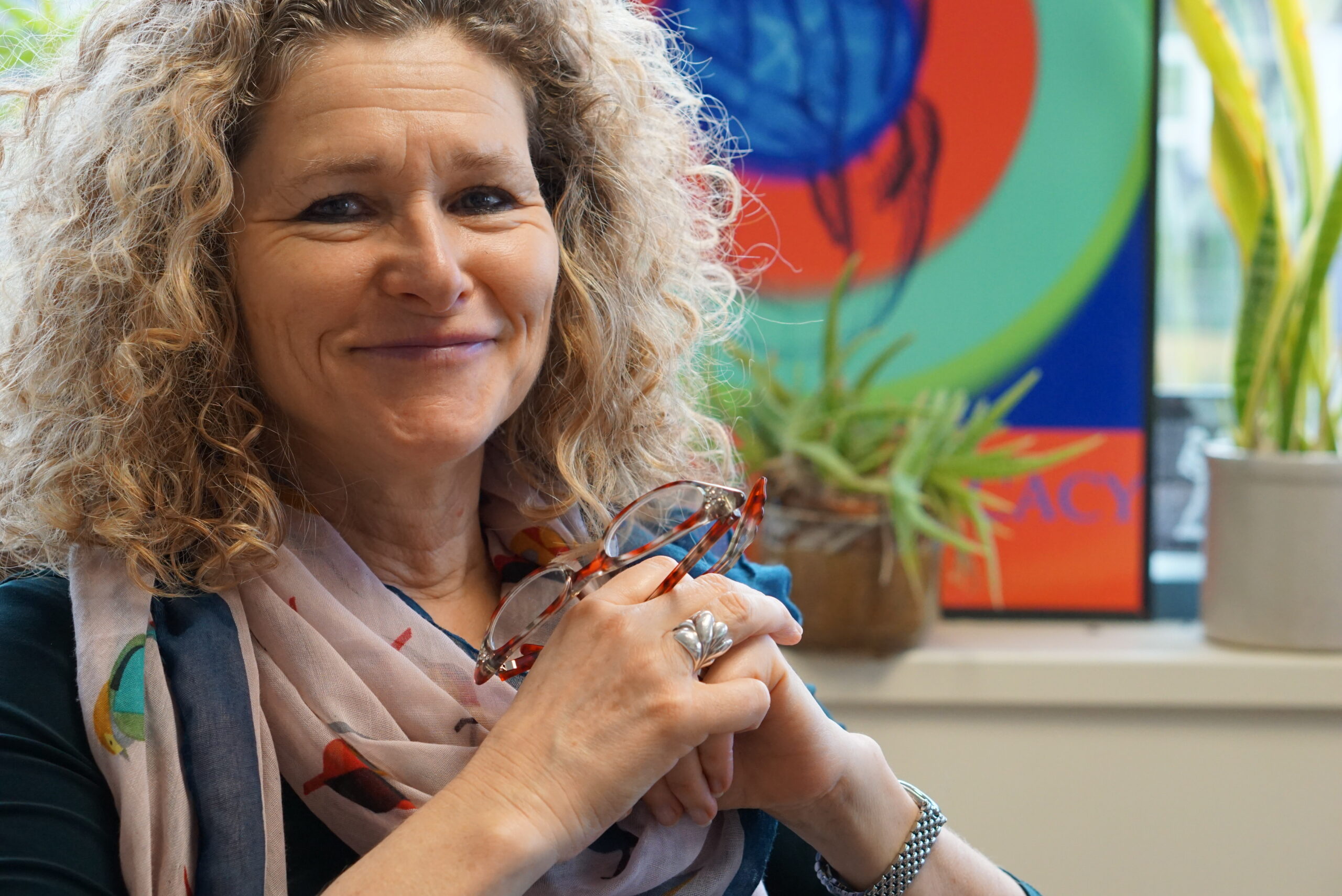Earlier this year at the International AIDS Conference in Amsterdam, I witnessed a profound historic moment. Dr Alison Rodger, a leading HIV researcher in the United Kingdom, presented the final results from an eight-year study of couples with one HIV-positive and one HIV-negative partner. Over that time period, she reported, there were zero cases of HIV transmission from one partner to the other, thanks to the prevention benefits of modern medications.
The evidence has been mounting for years. Several large clinical trials have confirmed that HIV treatment can suppress the virus so successfully that sexual transmission doesn’t occur.
Three-quarters of Canadians diagnosed with HIV have already achieved this level of viral suppression, and with more access to treatment and care, this number could grow even higher. Since so many Canadians living with HIV have achieved viral suppression through diagnosis and treatment, the majority can’t pass the virus on to their sexual partners.
So why are there still more than 2,000 new infections in Canada every year? Research tells us that most HIV transmissions originate from people who think they are HIV-negative but have recently contracted the virus — the undiagnosed. They may have never been tested or they may have been infected since their last test. And there are a few reasons why most HIV transmissions originate among this group of people.
First, when someone acquires HIV, the virus is circulating through the body at its highest levels, making them more likely to pass it on. Second, a person who is aware they are HIV-positive is more likely to take measures to prevent passing it on to their partners. And finally, we now know that an HIV-positive person on effective treatment does not transmit the virus sexually.
More than 9,000 Canadians are estimated to be living with undiagnosed HIV, and this is where most new infections originate. To effectively respond to this hidden HIV epidemic, we must focus our efforts on expanding access to testing, particularly among the populations hardest hit by the epidemic. Gay and bisexual men continue to make up the majority of new HIV infections in Canada, with 53 percent in 2016. While awareness of HIV and diagnosis rates tend to be higher among gay and bisexual men compared to their heterosexual peers, barriers remain to accessing HIV testing.
Many people have never been tested for HIV, or don’t test as often as they should. Sometimes this is because they don’t perceive themselves to be at risk, sometimes it is because of the stigma around HIV, and sometimes it is because testing services are difficult to access, due to geography, hours of operation or the service capacity of testing clinics.
Some places in Canada and abroad have shown us how we can do better. In British Columbia, an online service allows people to order routine HIV tests and submit samples directly to a lab, bypassing clinic lineups. In Saskatchewan, routine HIV testing is offered for all teenagers and adults every five years through both primary and emergency health care. Dried blood spot testing has been introduced in some First Nations communities to overcome some of the barriers to drawing blood and transporting samples from rural and remote locations. In the United Kingdom, free HIV self-testing kits can be delivered to your mailbox, and many regions and countries have employed community educators to offer HIV tests to their peers, free of stigma and judgment. These initiatives have only been possible with the support and funding of governments committed to ending their respective HIV epidemics.
These are replicable solutions. Yet at a national level, Canada is falling behind other countries. This has meant slow progress in reaching the undiagnosed — and a greater likelihood of new infections continuing unabated.
This World AIDS Day, I urge governments and leaders to take their calls for awareness one step further and turn them into action. Let’s do more than encourage testing. Let’s make it possible.
Laurie Edmiston is executive director of CATIE, Canada’s source for HIV and hepatitis C information.
This story is part of our coverage on World AIDS Day.


 Why you can trust Xtra
Why you can trust Xtra


